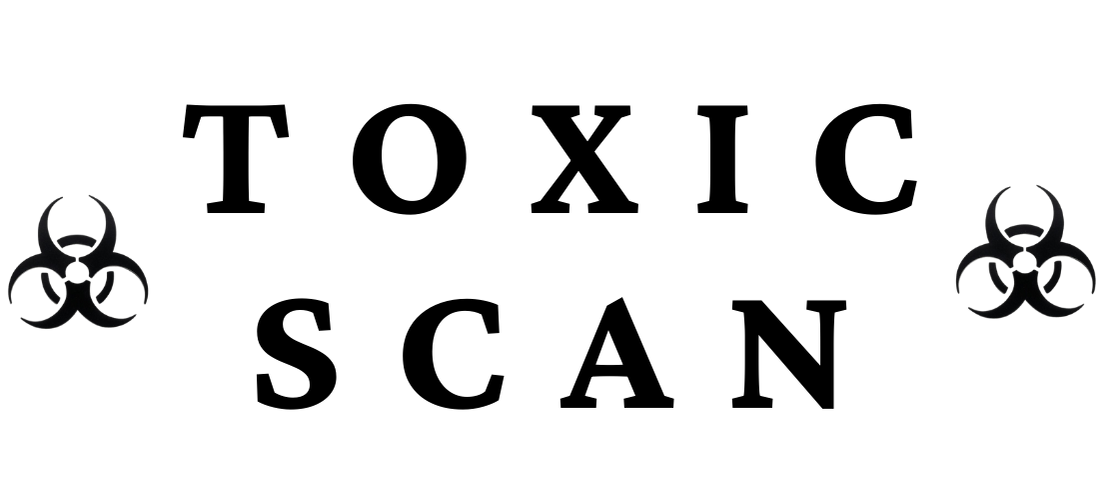E100: Curcumin
E100: Curcumin
What is E100 (Curcumin)?
Curcumin (E100) is a bright yellow-orange natural food coloring extracted from the rhizomes of the turmeric plant (Curcuma longa). Turmeric has been used for thousands of years in Indian cooking both as a spice and for its vibrant color. As a food additive, curcumin provides a yellow to orange hue to foods and is widely used in processed food products.
Source and Production
Curcumin is obtained through the following process:
- Extraction: The rhizomes (underground stems) of the turmeric plant are harvested, cleaned, and dried 2. Processing: The dried rhizomes are ground into a powder 3. Isolation: Curcumin is extracted using solvents or other extraction methods 4. Purification: The extract is purified to isolate curcumin compounds 5. Formulation: The purified curcumin is formulated for use as a food coloring
Curcumin constitutes approximately 2-5% of turmeric and is responsible for its characteristic color.
Common Uses in Food
E100 is commonly used as a coloring agent in:
- Mustard and curry products
- Butter and margarine
- Cheese and other dairy products
- Baked goods and desserts
- Soups and broths
- Beverages
- Confectionery and ice cream
- Sauces and dressings
Health and Safety
Safety Assessment
Curcumin has been extensively studied and is generally recognized as safe (GRAS) as a food additive. It has been approved by:
- The European Food Safety Authority (EFSA)
- The U.S. Food and Drug Administration (FDA)
- The Joint FAO/WHO Expert Committee on Food Additives (JECFA)
The Acceptable Daily Intake (ADI) for curcumin has been established at 0-3 mg/kg body weight by JECFA.
Potential Health Benefits
Beyond its coloring properties, curcumin has been studied for various potential health benefits:
- Anti-inflammatory properties: Curcumin has been shown to suppress inflammation through various mechanisms
- Antioxidant effects: It can neutralize free radicals and may boost the body's own antioxidant enzymes
- Digestive health: Traditionally used to support digestive function
- Brain health: Some research suggests potential benefits for cognitive function
Safety Considerations
While generally safe for consumption, some considerations include:
- Allergic reactions: Rare but possible in sensitive individuals
- Iron absorption: High doses might inhibit iron absorption
- Drug interactions: May interact with blood thinners and certain medications
- Pregnancy: Limited research on safety during pregnancy, though culinary use of turmeric is considered safe
Regulatory Status
E100 (Curcumin) is approved for use in most countries worldwide:
- European Union: Approved as E100
- United States: Approved as a color additive exempt from certification
- Australia/New Zealand: Approved as food additive 100
- Canada: Permitted as a food coloring
Natural vs. Synthetic
Curcumin is classified as a natural coloring, as it is derived directly from the turmeric plant. This distinguishes it from many other food colorings that are artificially synthesized.
Some consumers prefer natural colorings like curcumin over synthetic alternatives due to:
- Perceived health benefits
- Connection to traditional food ingredients
- Environmental considerations
- Clean label preferences
Alternatives to E100
For those looking to avoid E100, alternative natural yellow-orange colorings include:
- Annatto (E160b)
- Beta-carotene (E160a)
- Paprika extract (E160c)
- Saffron
- Carrot extract
Conclusion
E100 (Curcumin) is a natural yellow food coloring derived from turmeric that has been used safely for centuries. With additional potential health benefits beyond its coloring properties, it represents one of the food additives with the most favorable safety and health profiles. For most consumers, this additive poses no health concerns and may even offer modest health advantages when consumed as part of a varied diet.
